If you’ve ever noticed your indoor plants leaning toward the window or growing unevenly, you’ve witnessed a natural phenomenon called phototropism—a plant’s instinctive response to light. While this is a sign that your plant is seeking sunlight for photosynthesis, it also indicates that your plant is not getting balanced light exposure.
One simple but often overlooked habit can fix this: rotating your plants every few weeks. This small action can have a big impact on your plant’s overall health, appearance, and growth symmetry. In this detailed guide, we’ll explore why rotation is essential, what happens when you don’t do it, how often to rotate, and the best ways to make it part of your regular indoor plant care routine.
1. The Science Behind Plant Rotation
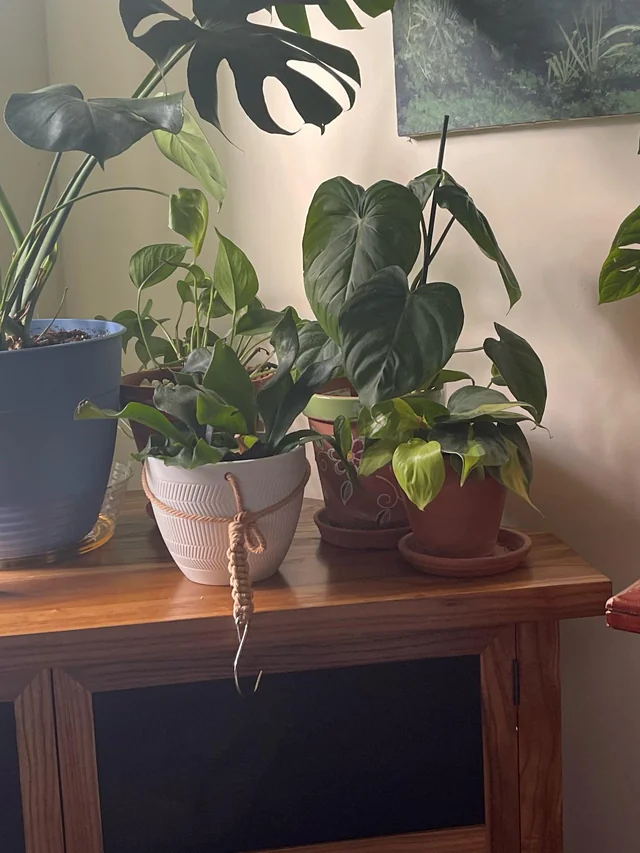
To understand why rotation matters, it helps to know how plants interact with light.
Plants depend on light for photosynthesis, the process that allows them to convert sunlight into food. Naturally, they grow toward their strongest light source to maximize energy absorption. Indoors, that light usually comes from a single direction—such as a window, balcony, or artificial grow light.
As a result, the side facing the light grows faster and develops stronger, healthier leaves, while the opposite side often becomes weaker, paler, or sparse. Rotating your plant ensures every side receives equal light exposure, leading to balanced, uniform growth.
In short, rotation corrects the uneven effects of phototropism and helps maintain plant symmetry, strength, and vitality.
2. Prevents Leaning and Uneven Growth
One of the most common issues in indoor gardening is when plants start to lean dramatically toward the light.
While this might seem harmless at first, over time it can cause:
- Uneven shape: One side becomes lush while the other remains sparse or bare.
- Weak stems: The plant’s structure becomes unbalanced and may struggle to support its own weight.
- Reduced aesthetics: The plant looks lopsided, which detracts from the beauty of your indoor space.
By rotating your plant a quarter turn (about 90 degrees) every one to two weeks, you encourage even light distribution across all sides. The result? A fuller, more symmetrical plant that grows upright and looks healthy from every angle.
3. Promotes Stronger Stems and Foliage
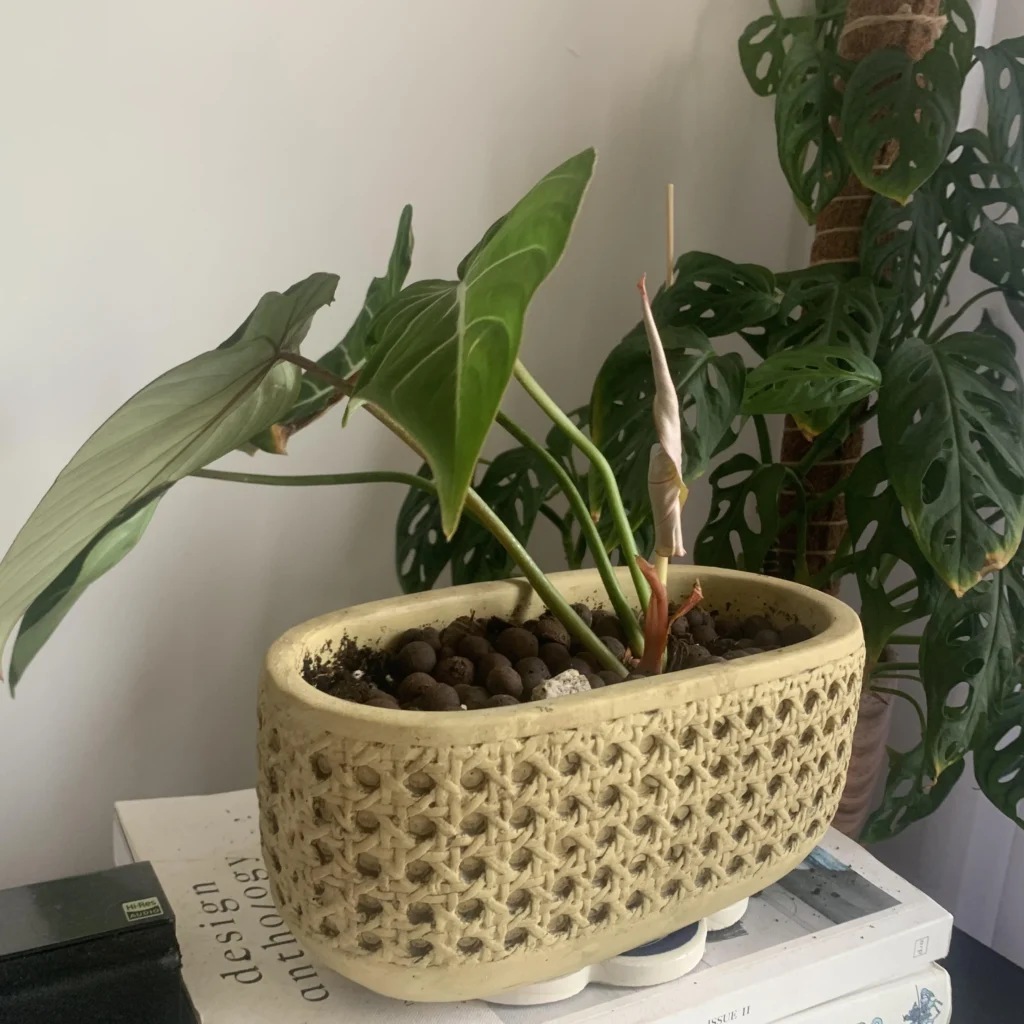
When plants continuously lean toward a single light source, their stems can become elongated and weak — a condition known as etiolation. This happens because the plant stretches itself unnaturally to reach more light.
Rotating plants helps them develop strength evenly, forcing stems to adjust to different light directions over time. This movement encourages:
- Thicker, sturdier stems that can support heavier leaves.
- More balanced root anchoring in the soil.
- Compact, bushier growth instead of leggy, weak stems.
Strong stems are especially important for tall plants like fiddle-leaf figs, rubber plants, and dracaenas, which can become top-heavy if not rotated regularly.
4. Ensures Consistent Photosynthesis
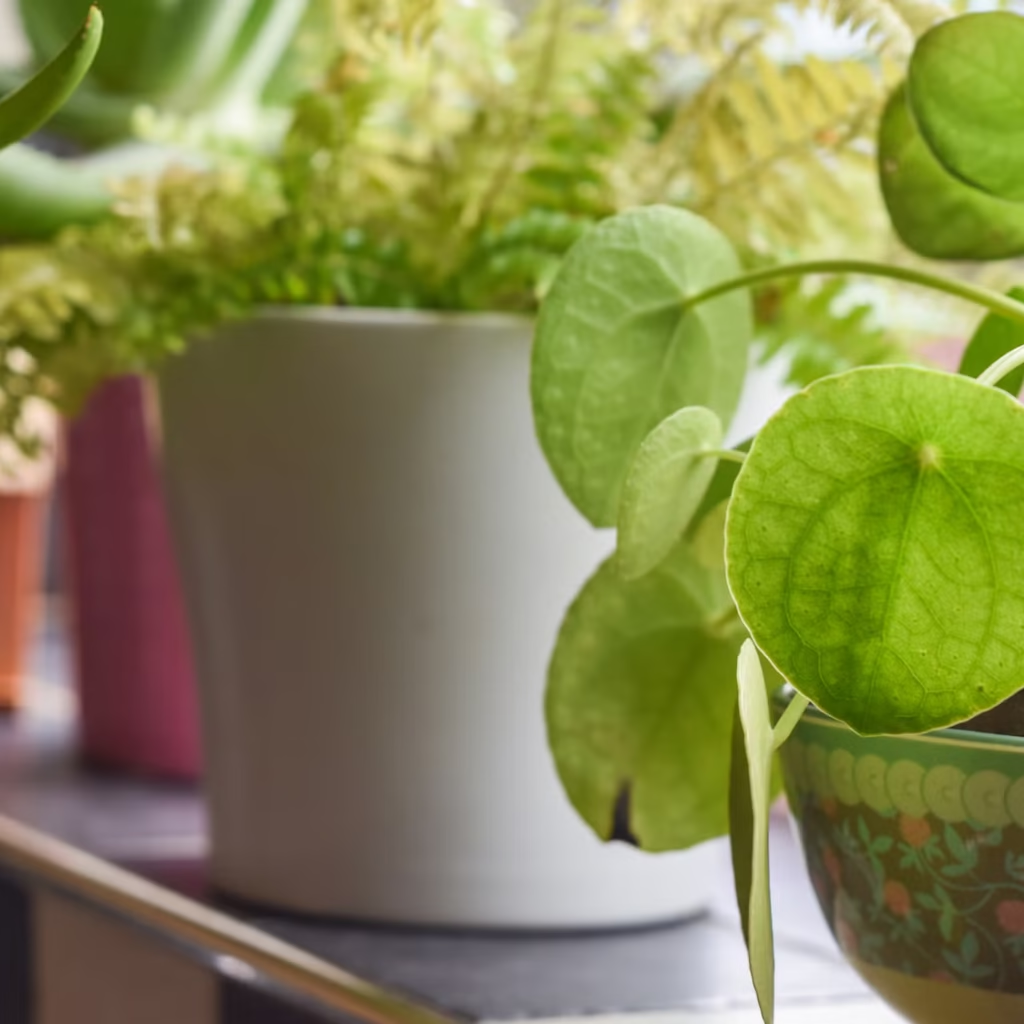
Each leaf on a plant acts like a miniature solar panel, collecting light to fuel photosynthesis. When only one side of the plant consistently faces the light source, the opposite leaves receive less energy, slowing down their food production.
By rotating your plant:
- Every leaf gets sunlight over time, maximizing the plant’s ability to photosynthesize effectively.
- The plant maintains balanced nutrient distribution, as energy from photosynthesis is shared throughout the system.
- Overall growth becomes steady and uniform rather than concentrated in one direction.
Consistent photosynthesis not only keeps your plant looking great but also boosts its long-term health and resilience.
5. Prevents Fungal Issues and Pest Build-Up
Surprisingly, rotation also plays a role in preventing diseases and pests. When one side of a plant constantly faces away from light and airflow, it can stay damp and shaded — the perfect environment for pests like spider mites or fungal infections such as powdery mildew.
Turning your plant regularly helps:
- Improve air circulation around all sides.
- Allow light to reach hidden areas, keeping moisture in check.
- Expose pests before they spread throughout the plant.
This practice is particularly beneficial for dense or bushy species like ferns, peace lilies, and calatheas, where inner leaves can trap moisture easily.
6. Improves Aesthetics and Plant Symmetry
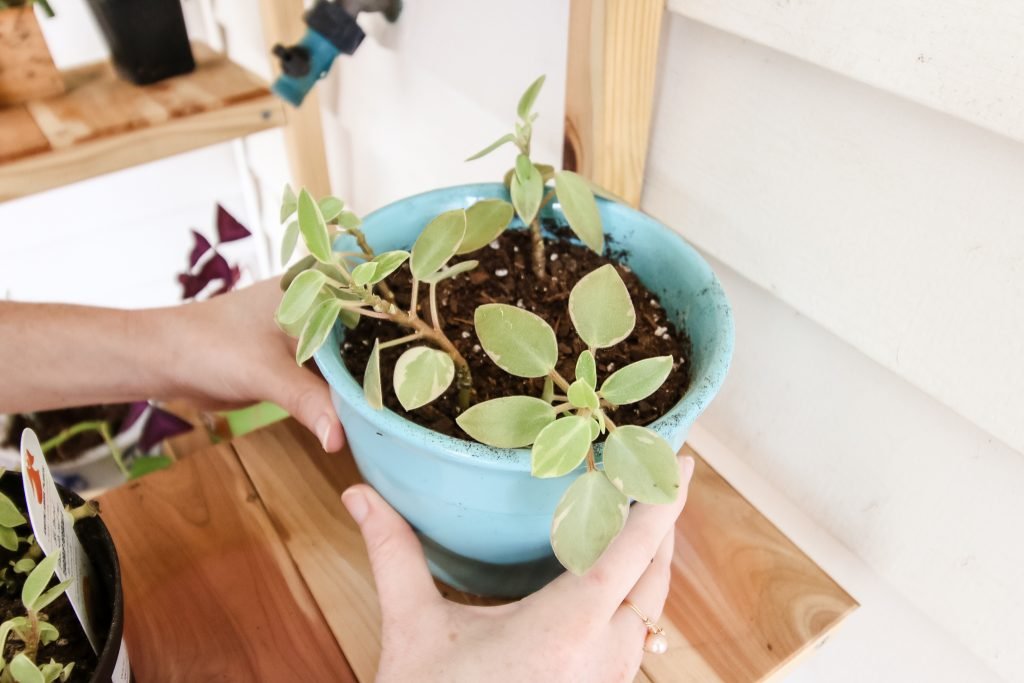
Beyond health benefits, rotating plants also helps maintain their visual appeal.
Indoor plants are often used as decor elements, and an uneven or lopsided plant can disrupt a room’s balance. Rotation keeps your plants symmetrical, with even leaf growth and a rounded form that enhances any space.
Whether your plant sits in a corner, on a shelf, or by a window, rotating it ensures it looks vibrant and balanced from every viewing angle. For tall statement plants, this can make a striking difference in your home’s overall aesthetic.
7. Reduces Stress During Seasonal Light Changes
Light conditions inside your home change throughout the year. In winter, sunlight is weaker and more angled, while in summer, it’s brighter and more direct. These shifts can cause plants to adapt their growth direction constantly.
Regular rotation helps them adjust gradually to these changes, minimizing stress and preventing shock. This steady exposure allows the plant to adapt to seasonal lighting rather than react drastically to sudden differences in brightness or direction.
8. Keeps Indoor Arrangements Harmonious
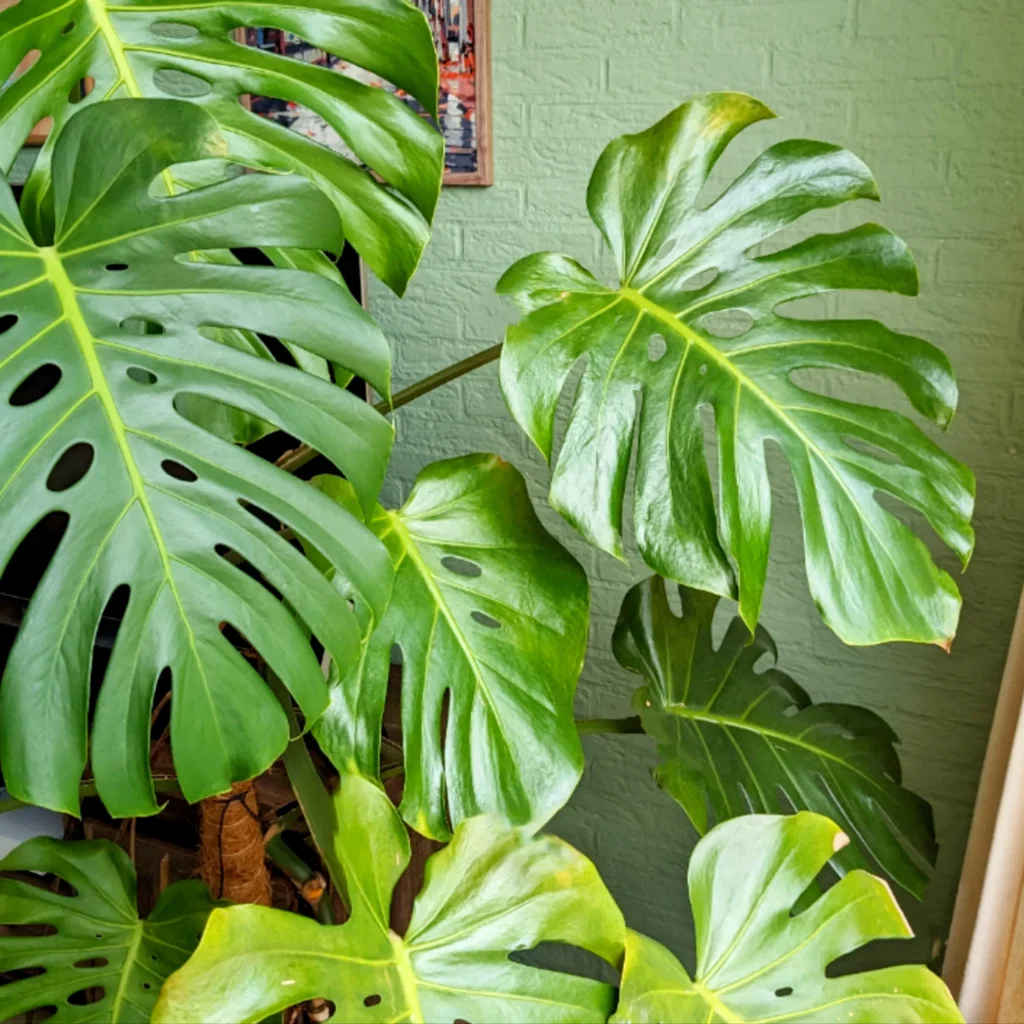
If you have multiple plants grouped together — such as on a plant stand or shelf — some may receive more light than others, depending on their position. Without rotation:
- One plant may thrive while another lags behind.
- Foliage density may become uneven within the display.
By rotating individual pots within the group, you ensure each plant enjoys a fair share of light and space. This simple step keeps your indoor garden visually cohesive and healthy as a whole.
9. How Often Should You Rotate Your Plants?
The frequency of rotation depends on your plant type and lighting conditions. Here’s a general guide:
Every 1–2 Weeks:
- Plants in bright, direct light (near south-facing windows).
- Fast-growing tropicals like Monsteras, Pothos, and Rubber Plants.
Every 3–4 Weeks:
- Plants in moderate to low light (north-facing windows or shaded corners).
- Slower-growing varieties like Snake Plants or ZZ Plants.
Tips for Effective Rotation:
- Rotate 90 degrees each time (a quarter turn).
- Mark the pot with a small dot or sticker to track rotation direction.
- Observe growth patterns — some plants may need more frequent adjustments if they lean quickly.
The key is consistency — rotating regularly is better than doing it occasionally and forgetting for months.
10. Combine Rotation with Other Care Practices
Rotation works best when combined with other good plant care habits. Together, these create a balanced environment for steady, healthy growth.
Complementary Care Tips:
- Clean the leaves regularly to remove dust, allowing better light absorption.
- Adjust watering according to light exposure — rotated sides may dry faster or slower.
- Fertilize evenly, as all parts of the plant should get nutrients for balanced growth.
- Check for pests when rotating — inspect undersides of leaves for early signs.
By combining these practices, you give your plant everything it needs to grow strong and evenly, without stress or imbalance.
11. The Role of Rotation in Long-Term Plant Health
Think of rotation as a gentle, ongoing training method for your plant. Just like humans benefit from balanced exercise, plants benefit from balanced exposure. Over time, this practice:
- Encourages compact, even growth.
- Enhances leaf coloration by ensuring uniform light exposure.
- Increases longevity, as balanced growth puts less strain on roots and stems.
In other words, regular rotation contributes not just to a plant’s immediate appearance but also to its long-term health and sustainability indoors.
12. Common Mistakes to Avoid When Rotating Plants
While rotation is simple, some mistakes can reduce its effectiveness or even harm your plant.
- Rotating too frequently: Daily or random rotations can stress the plant by not allowing it to adjust to light direction.
- Neglecting light quality: Rotation won’t help much if your overall lighting is insufficient.
- Moving plants abruptly: Avoid changing both rotation and light position drastically at once; it may cause shock.
- Forgetting to stabilize large plants: Tall or heavy potted plants should be handled carefully during rotation to prevent tipping or root disturbance.
Gentle, consistent movements work best — think of it as guiding, not forcing, your plant.
Conclusion
Rotating your indoor plants every few weeks might seem like a small detail, but it’s one of the most powerful habits you can adopt for healthy, beautiful, and balanced growth. It ensures that every leaf gets its share of light, prevents lopsided shapes, strengthens stems, and keeps pests and fungi at bay.
Ultimately, rotation mirrors what plants experience in nature — the shifting light of the sun throughout the day. By recreating that gentle balance indoors, you allow your plants to grow the way they were meant to: evenly, harmoniously, and full of vitality.
So the next time you water your plants, take a moment to give each pot a quarter turn. It’s a simple twist that can make all the difference between an ordinary houseplant and a thriving, radiant centerpiece of your home.
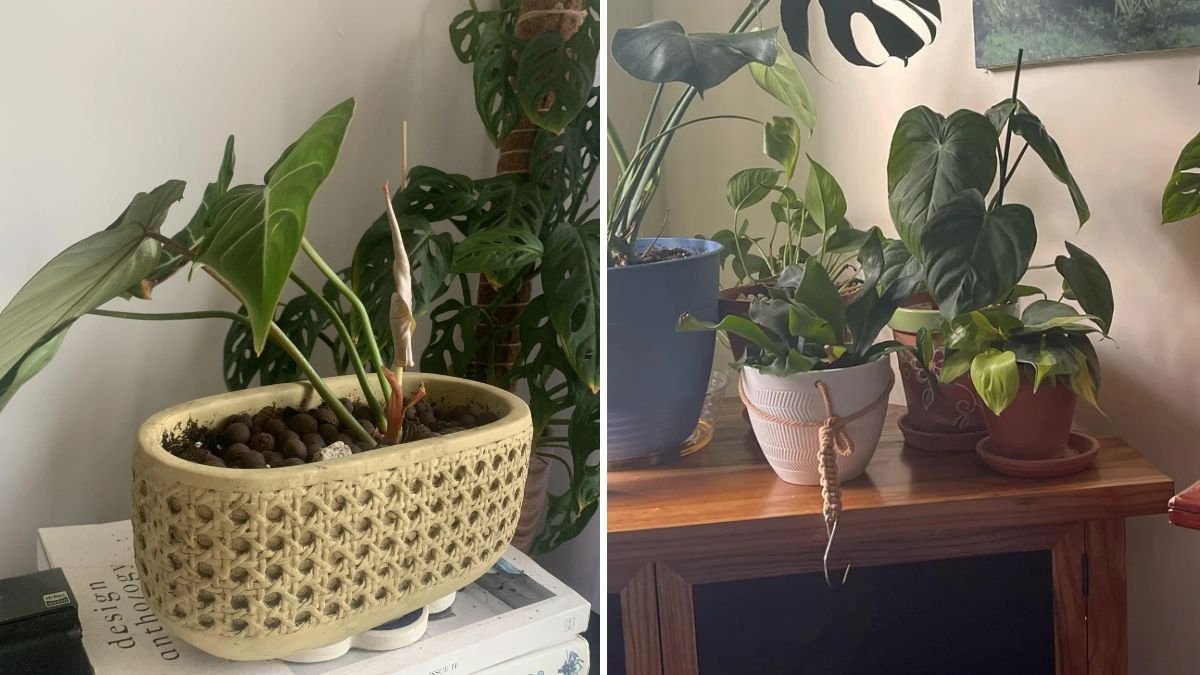




Leave A Comment